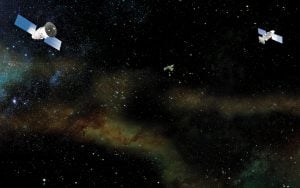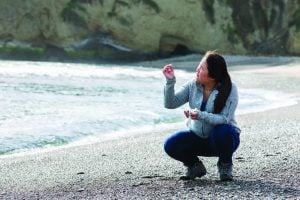The detector sends a directional radar signal, a bit like the beam of a flashlight. If the signal hits the reflector, the reflector beams the signal back to the detector. The stronger the echoed signal, the closer the detector is to the reflector, allowing rescuers to pinpoint the signal’s precise location. The more reflectors a person has on their person, the easier it is to find them.
But when Granhed and his team began building this technology in the 1970s and 1980s, it was difficult to find components to construct a detector small enough to feasibly take out into the mountains. When Granhed took a prototype to show longtime search-and-rescuer Gordon Burns in Snowbird, Utah, in the early ’80s, Burns said: “Magnus, you know that thing takes two mules and a man to get it to the top of the slope: how are you going to make that work?” It wasn’t until the end of the century that a rapidly advancing telecom industry began producing smaller components. “We started 20 years too early,” says Granhed dryly.
In 1983, Granhed founded RECCO to keep the momentum going. Gordon Burns would become the company’s team leader in Canada. By the mid-’90s, RECCO had its first hand-held detector, which gradually morphed into today’s ultra-light device.
In 2014, RECCO developed a detector that can be suspended from helicopters. Used throughout the seasons, and above terrain that ranges from mountains to forests, it can search a 100-metre-wide corridor as the helicopter flies over.
RECCO technology is now used at more than 900 ski resorts and mountain search-and-rescues in 32 countries.
As the tech has developed, so has demand. RECCO began selling consumer products — reflectors that skiers and hikers could attach to their backpacks or belts. Then prestigious outdoor clothing companies, from Helly Hansen to Patagonia, started integrating reflectors into their clothing, making the technology more accessible for outdoor adventurers.“It’s so simple,” says Burns. “It’s just a matter of putting a jacket on, putting a backpack on. And you’re searchable.”






